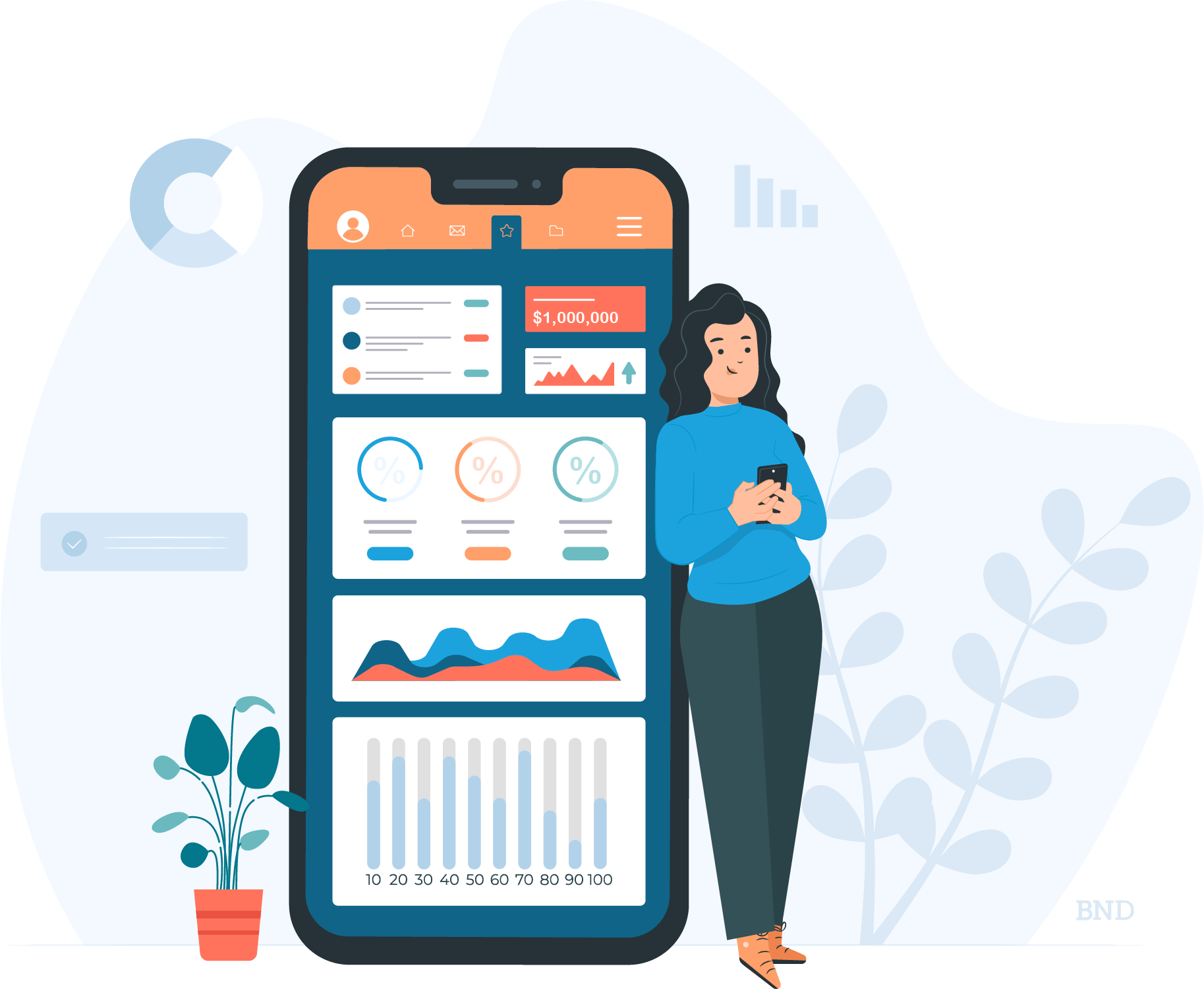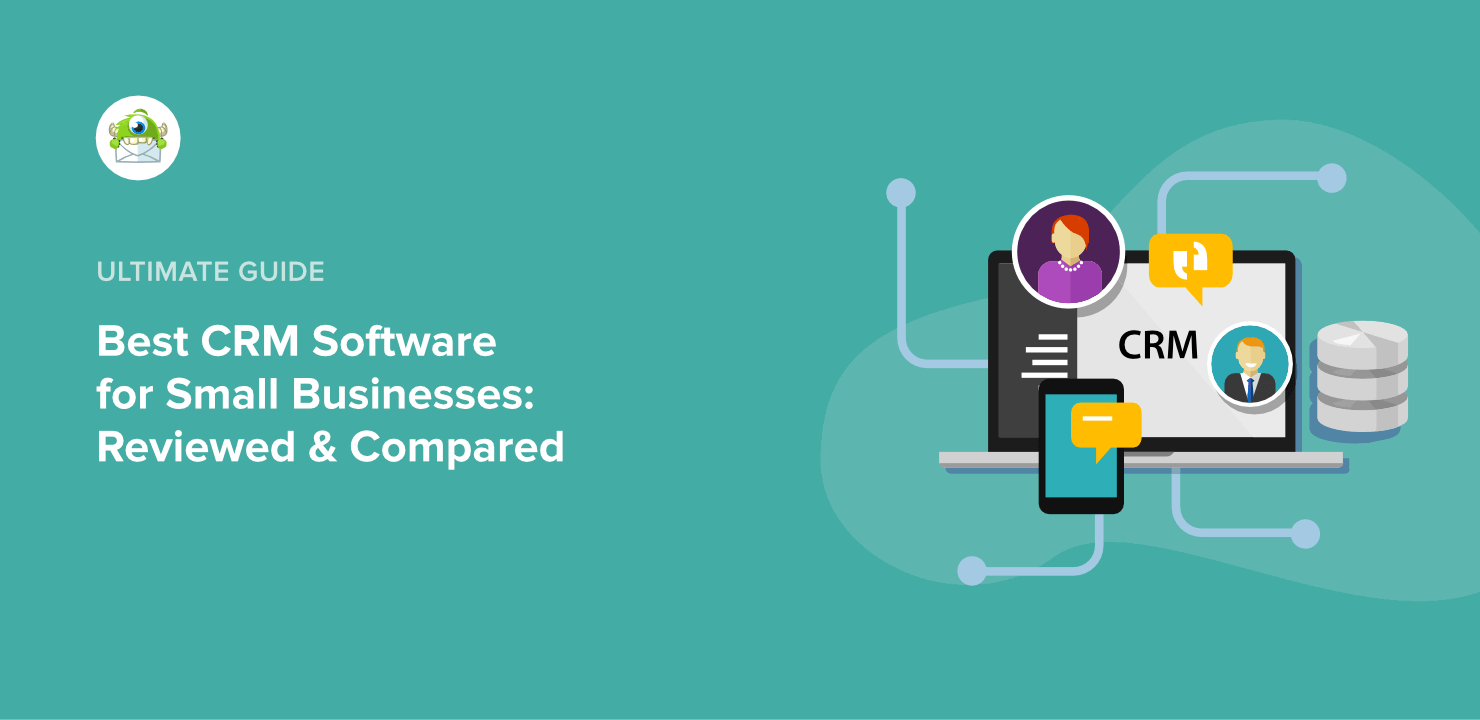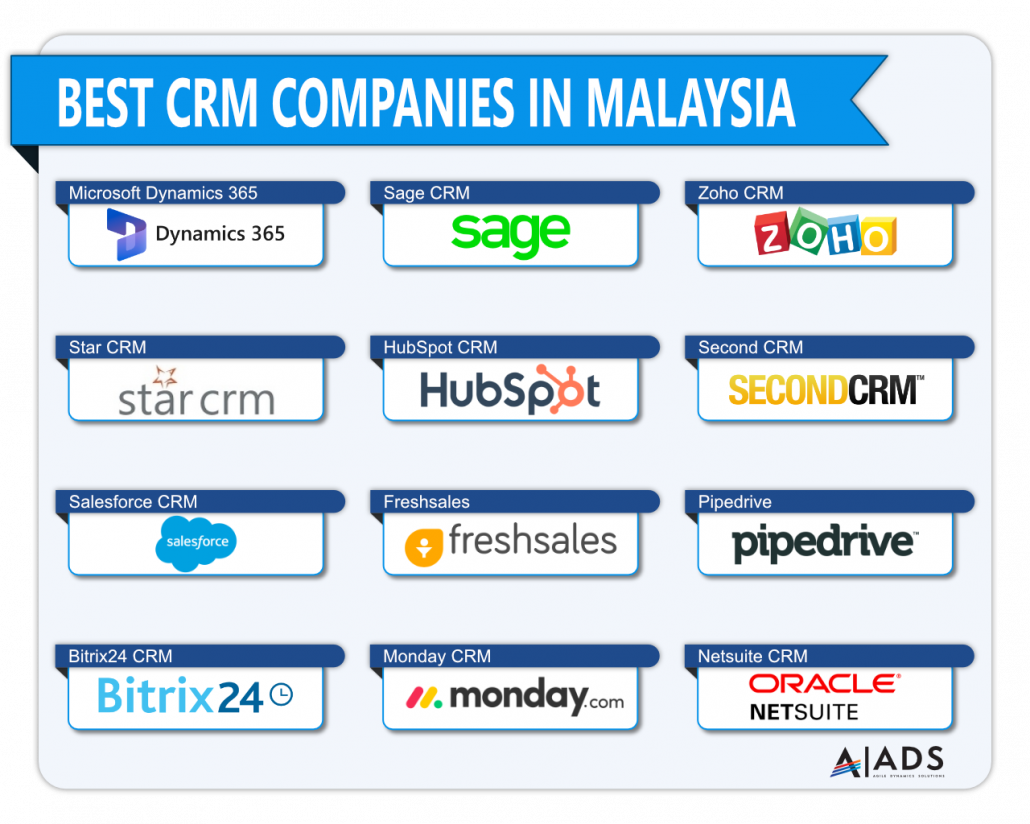Unlocking Customer Loyalty: The Ultimate Guide to CRM Marketing Loyalty Programs
Introduction: The Power of Loyalty in the Digital Age
In today’s hyper-competitive marketplace, where choices abound and customer attention spans are shorter than ever, building genuine customer loyalty is no longer a luxury—it’s a necessity. It’s the bedrock upon which sustainable business growth is built. And at the heart of cultivating this loyalty lies a powerful combination: CRM (Customer Relationship Management) marketing and loyalty programs. This comprehensive guide delves into the intricacies of this dynamic duo, exploring how they can be leveraged to transform your customer relationships and boost your bottom line. We’ll unravel the core concepts, explore best practices, and provide actionable insights to help you design and implement a loyalty program that resonates with your target audience.
Why is customer loyalty so important? Consider this: acquiring a new customer can cost five to twenty-five times more than retaining an existing one. Loyal customers not only make repeat purchases but also act as brand advocates, spreading positive word-of-mouth and attracting new business. They are less price-sensitive, more forgiving during service failures, and more likely to try new products or services. In essence, loyal customers are the lifeblood of a thriving business.
But building loyalty isn’t about simply offering discounts or running occasional promotions. It’s about creating a genuine connection with your customers, understanding their needs and preferences, and consistently exceeding their expectations. This is where CRM marketing and loyalty programs come into play.
Understanding the Fundamentals: CRM and Loyalty Programs Defined
CRM Marketing: The Foundation of Customer Relationships
Customer Relationship Management (CRM) is more than just a software platform; it’s a strategic approach to managing and analyzing customer interactions and data throughout the customer lifecycle. CRM marketing, in turn, leverages this data to personalize marketing efforts, improve customer service, and ultimately, foster stronger customer relationships. Key functions of CRM marketing include:
- Data Collection and Management: Gathering and organizing customer data from various sources, including website interactions, purchase history, social media activity, and customer service interactions.
- Segmentation: Grouping customers based on shared characteristics, such as demographics, purchase behavior, or engagement levels.
- Personalization: Tailoring marketing messages, offers, and content to individual customer preferences and needs.
- Automation: Automating repetitive marketing tasks, such as email campaigns, lead nurturing, and customer service follow-ups.
- Analytics and Reporting: Tracking key performance indicators (KPIs) to measure the effectiveness of marketing campaigns and identify areas for improvement.
Effective CRM marketing enables businesses to gain a 360-degree view of their customers, allowing them to anticipate their needs, provide proactive support, and deliver highly relevant experiences.
Loyalty Programs: Rewarding and Recognizing Customer Value
A loyalty program is a structured marketing initiative designed to reward and incentivize customers for their continued patronage. These programs typically offer points, discounts, exclusive access, or other perks to customers who make purchases, engage with the brand, or participate in specific activities. The core objectives of a loyalty program include:
- Increasing Customer Retention: Encouraging repeat purchases and reducing customer churn.
- Boosting Customer Lifetime Value (CLTV): Increasing the total revenue generated by each customer over the duration of their relationship with the brand.
- Driving Customer Engagement: Encouraging customers to interact with the brand through various channels, such as social media, email, and website.
- Gathering Customer Data: Providing valuable insights into customer preferences, behaviors, and needs.
- Building Brand Advocacy: Turning loyal customers into brand ambassadors who promote the brand to their networks.
Loyalty programs come in various forms, from simple points-based systems to tiered programs offering escalating benefits. The key is to design a program that aligns with your brand values, resonates with your target audience, and provides tangible value to your customers.
The Synergy of CRM and Loyalty Programs: A Powerful Combination
The true power of CRM marketing and loyalty programs lies in their synergy. When integrated effectively, they create a virtuous cycle of customer engagement, data collection, and personalized experiences. Here’s how they work together:
- CRM Provides the Data: CRM systems collect and store the data needed to understand customer behavior, preferences, and purchase history. This data fuels the loyalty program by enabling targeted rewards and personalized offers.
- Loyalty Programs Drive Data Collection: Loyalty programs incentivize customers to provide more data about themselves, such as their interests, preferences, and contact information. This data enriches the CRM database and allows for even more personalized marketing.
- Personalized Marketing: CRM data and loyalty program insights enable businesses to deliver highly personalized marketing messages and offers that resonate with individual customers. This can include targeted email campaigns, exclusive promotions, and tailored content recommendations.
- Improved Customer Experience: By understanding customer needs and preferences, businesses can provide a superior customer experience, leading to increased satisfaction and loyalty. This includes proactive customer service, personalized recommendations, and a seamless omnichannel experience.
- Enhanced Customer Retention: Personalized marketing and exceptional customer experiences increase customer retention rates, leading to higher CLTV and sustainable business growth.
By combining the data-driven insights of CRM with the rewards and incentives of a loyalty program, businesses can create a powerful flywheel effect, driving customer engagement, loyalty, and revenue growth.
Designing a Successful CRM Marketing Loyalty Program
Creating a successful CRM marketing loyalty program requires careful planning and execution. Here are the key steps to follow:
1. Define Your Goals and Objectives
Before you start designing your program, clearly define your goals and objectives. What do you want to achieve? Are you looking to increase customer retention, boost sales, or gather customer data? Having clear goals will help you design a program that aligns with your business objectives. Consider using the SMART framework (Specific, Measurable, Achievable, Relevant, Time-bound) to ensure your goals are well-defined and achievable.
2. Understand Your Target Audience
Who are your ideal customers? What are their needs, preferences, and motivations? Conduct market research, analyze your existing customer data, and create customer personas to gain a deep understanding of your target audience. This will help you design a program that resonates with their values and provides them with the rewards and experiences they desire.
3. Choose the Right Program Structure
There are various loyalty program structures to choose from, each with its own advantages and disadvantages. Some popular options include:
- Points-Based Programs: Customers earn points for purchases, activities, or referrals, which can be redeemed for rewards.
- Tiered Programs: Customers are placed into different tiers based on their spending or engagement levels, with each tier offering escalating benefits.
- Paid Programs: Customers pay a membership fee to access exclusive benefits and rewards.
- Gamified Programs: Incorporate game mechanics, such as challenges, badges, and leaderboards, to increase engagement and motivation.
The best program structure for your business will depend on your target audience, industry, and business objectives. Consider the pros and cons of each option and choose the one that best aligns with your brand and your customers’ needs.
4. Select Your Rewards
What rewards will you offer to your loyal customers? The rewards should be valuable, relevant, and appealing to your target audience. Consider offering a mix of rewards, such as:
- Discounts and Coupons: Offer exclusive discounts and coupons to encourage repeat purchases.
- Free Products or Services: Reward customers with free products or services based on their loyalty.
- Exclusive Access: Provide access to exclusive events, products, or content.
- Personalized Experiences: Offer personalized recommendations, birthday gifts, or other tailored experiences.
- Partnerships: Partner with other businesses to offer rewards that complement your brand.
The key is to offer rewards that your customers will value and that align with your brand’s image and values.
5. Choose Your CRM and Loyalty Program Technology
Selecting the right technology is crucial for managing and automating your CRM marketing loyalty program. Consider the following factors:
- CRM System: Choose a CRM system that can handle your customer data, segmentation, and personalization needs. Popular CRM platforms include Salesforce, HubSpot, and Zoho CRM.
- Loyalty Program Software: Select a loyalty program software that integrates with your CRM system and offers the features you need, such as points management, reward redemption, and reporting. Popular loyalty program platforms include Smile.io, Yotpo, and Annex Cloud.
- Integration: Ensure that your CRM and loyalty program software can integrate seamlessly with your other marketing tools, such as email marketing platforms and e-commerce platforms.
The right technology will streamline your operations, improve data accuracy, and enable you to deliver a seamless customer experience.
6. Implement and Promote Your Program
Once you’ve designed your program and selected your technology, it’s time to implement and promote it. Make it easy for customers to join your program and understand the benefits. Promote your program through various channels, such as your website, email marketing, social media, and in-store signage. Clearly communicate the value proposition and the rewards available to your customers.
7. Track and Analyze Your Results
Regularly track and analyze the performance of your loyalty program. Monitor key metrics, such as customer retention rates, CLTV, customer engagement, and reward redemption rates. Use these insights to optimize your program, identify areas for improvement, and make data-driven decisions.
8. Continuously Optimize and Adapt
The customer landscape is constantly evolving, so it’s essential to continuously optimize and adapt your loyalty program. Regularly review your program, gather customer feedback, and make adjustments as needed. Stay up-to-date on industry trends and best practices to ensure your program remains relevant and effective.
Best Practices for CRM Marketing Loyalty Programs
Implementing a successful CRM marketing loyalty program requires more than just the right technology and a well-defined plan. It also necessitates adhering to best practices that ensure customer engagement, satisfaction, and program effectiveness. Here are some key best practices:
1. Personalize the Customer Experience
Customers crave personalized experiences. Leverage CRM data to tailor your marketing messages, offers, and content to individual customer preferences and needs. Use customer data to segment your audience and deliver highly relevant communications. For example, send personalized product recommendations based on purchase history, or offer exclusive discounts on items they frequently buy. Personalization demonstrates that you value each customer and understand their unique needs.
2. Make it Easy to Join and Participate
Simplify the enrollment process and make it easy for customers to participate in your program. The easier it is to join and understand the benefits, the more likely customers are to engage. Provide clear instructions, intuitive interfaces, and multiple ways to earn and redeem rewards. Make it accessible across all devices, including mobile, desktop, and in-store. Minimize the steps required to earn rewards and make the redemption process simple and straightforward.
3. Offer a Variety of Rewards
Don’t limit your rewards to just discounts. Offer a diverse range of rewards to cater to different customer preferences and needs. Consider offering free products, exclusive access to events, personalized experiences, and early access to sales. This variety keeps the program engaging and ensures that there’s something for everyone. Regularly update your rewards to keep the program fresh and exciting.
4. Communicate Regularly and Effectively
Keep your customers informed about their points balance, rewards, and program updates. Send regular email communications, SMS messages, and in-app notifications to keep them engaged. Personalize your communications and tailor them to each customer’s individual preferences. Use clear and concise language, and avoid overwhelming your customers with too much information. Celebrate their achievements and show appreciation for their loyalty.
5. Provide Excellent Customer Service
Exceptional customer service is paramount to the success of any loyalty program. Ensure that your customer service representatives are knowledgeable, friendly, and responsive. Train them to handle customer inquiries, resolve issues quickly, and provide a positive experience. Empower them to go the extra mile to make customers feel valued. This includes offering proactive support, anticipating their needs, and resolving issues with a smile.
6. Gather Customer Feedback
Regularly solicit customer feedback to gain insights into their experiences with your program. Use surveys, feedback forms, and social media monitoring to understand what’s working well and what needs improvement. Actively listen to customer feedback and use it to make improvements to your program. This demonstrates that you value their opinions and are committed to providing a positive experience. Show customers that their feedback is valued by implementing their suggestions.
7. Stay Relevant and Adapt
The marketing landscape is constantly evolving. Stay up-to-date on industry trends and best practices to ensure your program remains relevant and effective. Regularly review your program and make adjustments as needed. Adapt to changing customer preferences and incorporate new technologies. Be flexible and willing to experiment with new strategies to keep your program fresh and exciting. Regularly analyze your program’s performance and adjust your approach based on data and customer feedback.
8. Integrate Omnichannel Experiences
Provide a seamless omnichannel experience, allowing customers to interact with your program across multiple channels, such as your website, mobile app, in-store, and social media. Make it easy for customers to earn and redeem rewards regardless of the channel they use. Ensure that all channels are integrated and that customer data is synchronized across all platforms. This provides a cohesive and convenient experience for your customers, enhancing their loyalty.
Real-World Examples of Successful CRM Marketing Loyalty Programs
Let’s explore some real-world examples of CRM marketing loyalty programs that have achieved remarkable success:
Starbucks Rewards
Starbucks Rewards is a prime example of a highly successful loyalty program. It’s a points-based program that offers a variety of rewards, including free drinks, food, and merchandise. The program is deeply integrated with the Starbucks mobile app, allowing customers to easily order, pay, and earn rewards. Starbucks uses CRM data to personalize offers and promotions, such as birthday rewards and exclusive discounts. The program has been instrumental in driving customer engagement, increasing repeat purchases, and building brand loyalty. This program is a great example of how a user-friendly interface, personalized rewards, and omnichannel integration can lead to success.
Sephora Beauty Insider
Sephora’s Beauty Insider program is a tiered loyalty program that offers escalating benefits based on customer spending. Members earn points for every purchase, which can be redeemed for rewards, samples, and exclusive experiences. Sephora uses CRM data to personalize product recommendations, offer birthday gifts, and provide personalized beauty consultations. The program has created a strong sense of community among beauty enthusiasts and has helped Sephora build a loyal customer base. This program is a testament to the value of tiered rewards and personalized experiences in fostering customer loyalty.
Amazon Prime
Amazon Prime is a paid membership program that offers a wide range of benefits, including free shipping, access to streaming content, and exclusive deals. Amazon uses CRM data to personalize recommendations, target advertising, and provide exceptional customer service to Prime members. The program has been incredibly successful in driving customer loyalty and increasing sales. Amazon Prime’s success illustrates the power of a comprehensive rewards program that provides value across multiple dimensions.
Nike Membership
Nike Membership offers exclusive access to products, events, and personalized experiences. Members receive early access to new product releases, invitations to exclusive events, and personalized training and coaching. Nike leverages CRM data to personalize marketing messages and offer tailored recommendations. The program fosters a strong sense of community among Nike enthusiasts and has helped the brand build a loyal following. This program showcases the power of exclusive access and personalized experiences in building brand loyalty.
These examples demonstrate the diverse ways businesses can implement CRM marketing loyalty programs to achieve their goals. The key is to tailor the program to your brand, your target audience, and your business objectives.
Measuring the Success of Your CRM Marketing Loyalty Program
To ensure your CRM marketing loyalty program is delivering the desired results, it’s crucial to track and measure its performance. Here are some key metrics to monitor:
Customer Retention Rate
This metric measures the percentage of customers who remain loyal to your brand over a specific period. A higher retention rate indicates that your loyalty program is effective in keeping customers engaged and returning for repeat purchases.
Customer Lifetime Value (CLTV)
CLTV represents the total revenue a customer generates over the duration of their relationship with your brand. A successful loyalty program should increase CLTV by encouraging repeat purchases and increasing the average order value.
Customer Acquisition Cost (CAC)
CAC is the cost associated with acquiring a new customer. Loyal customers are less expensive to acquire than new customers, as they are more likely to make repeat purchases and refer new customers to your brand. A successful loyalty program should help reduce CAC over time.
Average Order Value (AOV)
AOV measures the average amount customers spend per order. Loyalty programs often encourage customers to spend more per order by offering rewards or exclusive discounts. Tracking AOV can help you assess the impact of your loyalty program on customer spending.
Redemption Rate
The redemption rate measures the percentage of rewards that are redeemed by customers. A high redemption rate indicates that your rewards are appealing and that customers are engaged with your program.
Customer Engagement
Monitor customer engagement metrics, such as website visits, email open rates, social media interactions, and app usage. These metrics provide insights into how actively customers are participating in your loyalty program and interacting with your brand.
Net Promoter Score (NPS)
NPS measures customer loyalty and satisfaction by asking customers how likely they are to recommend your brand to others. A higher NPS indicates that your loyalty program is contributing to positive customer experiences and brand advocacy.
By regularly monitoring these metrics, you can gain valuable insights into the performance of your CRM marketing loyalty program and make data-driven decisions to optimize its effectiveness. Use these insights to identify areas for improvement and ensure your program is delivering the desired results.
Challenges and Considerations in Implementing CRM Marketing Loyalty Programs
While CRM marketing loyalty programs offer significant benefits, there are also challenges and considerations to keep in mind:
Data Privacy and Security
Collecting and managing customer data requires strict adherence to data privacy regulations, such as GDPR and CCPA. Ensure that you have robust data security measures in place to protect customer information and comply with all applicable laws. Be transparent with your customers about how you collect and use their data, and obtain their consent when required. Prioritize data privacy and security to build trust with your customers.
Program Costs
Implementing and maintaining a CRM marketing loyalty program can involve significant costs, including software licenses, reward expenses, and marketing efforts. Carefully evaluate the costs associated with your program and ensure that it aligns with your budget. Consider the potential return on investment (ROI) and the long-term benefits of the program.
Complexity
Designing and implementing a CRM marketing loyalty program can be complex, especially for businesses with limited resources or expertise. Consider working with a CRM or loyalty program provider to streamline the process and ensure that your program is implemented effectively. Simplify the program to make it easy to understand and manage.
Integration Challenges
Integrating your CRM system with your loyalty program software and other marketing tools can present technical challenges. Ensure that your systems are compatible and that you have the necessary technical expertise to manage the integration. Test the integration thoroughly to ensure that data flows seamlessly between your systems.
Customer Expectations
Customers have high expectations for loyalty programs. They expect personalized experiences, valuable rewards, and a seamless omnichannel experience. Ensure that your program meets these expectations by providing a user-friendly interface, relevant rewards, and excellent customer service.
By addressing these challenges and considering these factors, you can increase your chances of successfully implementing a CRM marketing loyalty program that delivers value to your customers and your business.
Conclusion: The Future of Customer Loyalty
In an increasingly competitive and customer-centric world, CRM marketing and loyalty programs are no longer optional; they’re essential for long-term success. By leveraging the power of data, personalization, and rewards, businesses can cultivate genuine customer loyalty, drive repeat purchases, and build brand advocacy. The future of customer loyalty lies in creating meaningful connections with customers, understanding their needs, and consistently exceeding their expectations.
By embracing the principles outlined in this guide, you can design and implement a CRM marketing loyalty program that transforms your customer relationships and drives sustainable business growth. Remember to focus on personalization, provide exceptional customer service, and continuously optimize your program to ensure it remains relevant and effective. By investing in customer loyalty, you’re investing in the future of your business.




